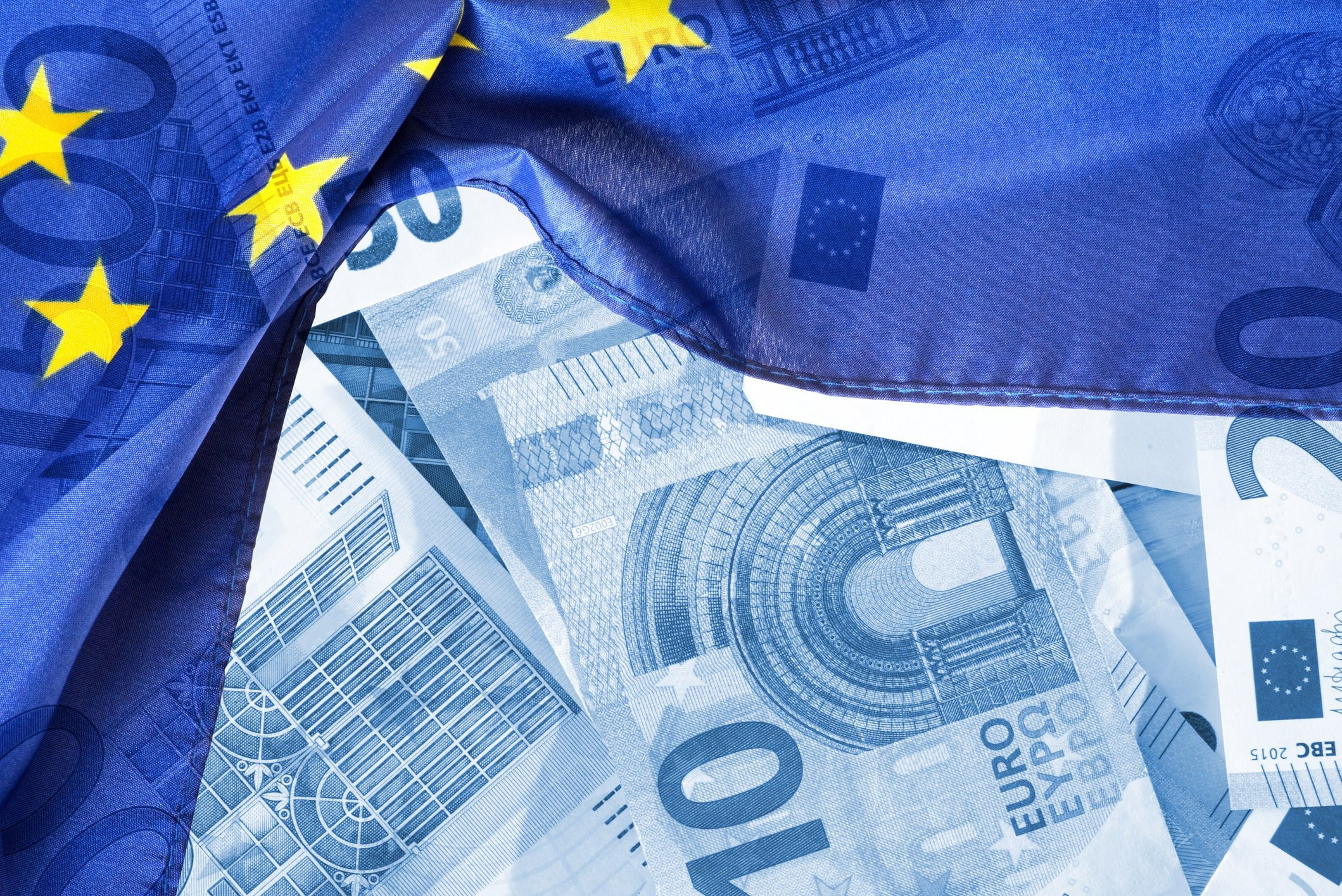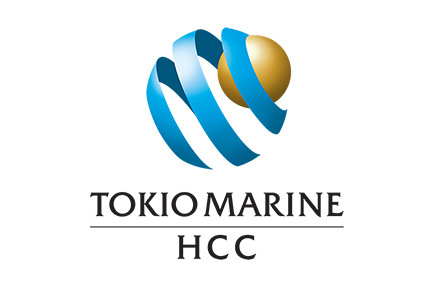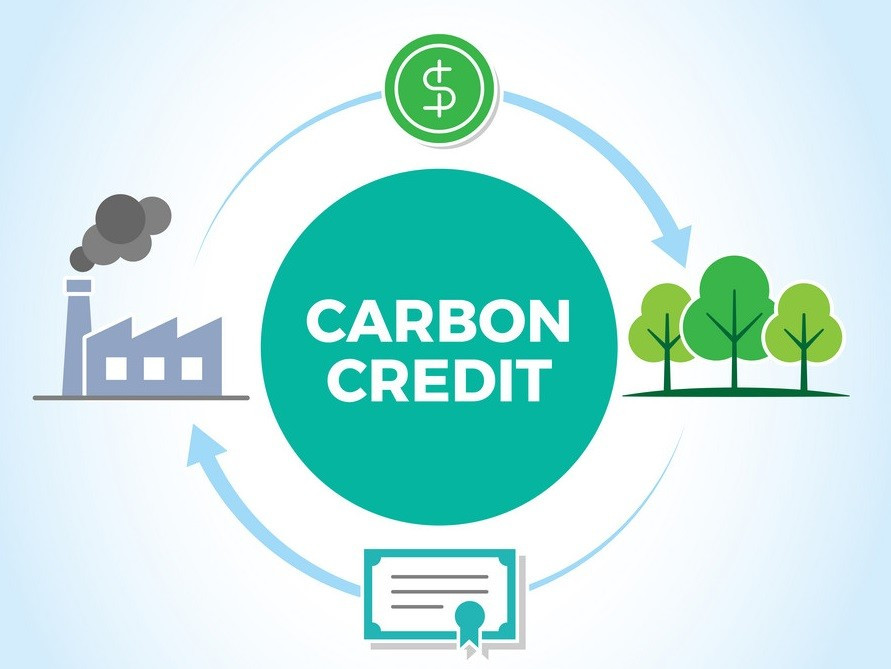Borrowers have started to return to the European primary bond market, looking to secure deals while markets are calm. Seven issuers are set to raise a total of €7 billion ($7.4 billion) of new debt on Monday, including vehicle manufacturer Volvo AB, grid operator Amprion GmbH, and Commerzbank AG, according to data compiled by Bloomberg. Mandates for deals from the Republic of Finland, the World Bank and a covered bond from Berlin Hyp AG signal that issuance will keep on coming.
This resurgence of activity aligns with the expectations of nearly 40% of market participants surveyed by Bloomberg News, who predict issuance to reach between €15 billion and €20 billion this week. This is a stark contrast to the mere €3.5 billion of new bonds sold in Europe over the past two weeks combined, highlighting the anticipated pick-up in activity.
Post-Summer Issuance Surge
Marc Lewell, head of EMEA and APAC syndicate at JPMorgan Chase & Co., explains the current market sentiment: “The market is in a good position for the post-summer wave of issuance. The recent bout of volatility has highlighted a fear factor for issuers and reminded them to take advantage of issuance windows when they come.” This fear factor stems from the market selloff triggered by weak US jobs data at the start of August, which pushed a gauge of investment-grade credit risk to its highest level this year.
Bond Market Trends and Investor Sentiment
The final week of August has historically seen a substantial increase in bond issuance, with over €30 billion of bond sales recorded in both 2022 and 2023. This trend is fueled by a combination of factors, including the desire to front-load issuance ahead of potential interest rate cuts and borrowers' concerns about volatility. The recent trend of outflows from investment-grade funds, particularly in the mid-term and long-term segments, is likely to be reversed, driven by a six-week period of inflows prior to the recent dip.
FOMO and the Hunt for Yield
Investors, with cash accumulated over the previous weeks, are eager to deploy it and lock in higher yields before further potential central bank rate cuts. The fear of missing out (FOMO) is a driving factor, as many seek to capitalize on the credit market before it potentially cools down. Lewell notes that while a hypothetical investor who parked cash in money-market funds wouldn’t have missed out on significant returns this year, the prospect of higher yields in the bond market is prompting many to take action. This eagerness to secure deals, coupled with the calming of the markets, sets the stage for a rebound in European bond issuance. The coming weeks will be key in gauging the strength of this rebound and determining whether the market has truly entered a new phase of growth.
The Credit Train is Back on Track
The return of borrowers to the European bond market signifies a renewed appetite for risk and a belief in the resilience of the market. Investors, driven by FOMO and the desire to secure higher yields, are poised to capitalize on this resurgence of activity. The upcoming weeks will be crucial in determining the extent of this rebound and the implications for the broader market. This trend is likely to continue, fueled by the desire for higher yields and the anticipation of potential rate cuts. As the summer slowdown fades, the European bond market appears to be on track for a robust and exciting period of growth.



















